
Application templates (CV)

Accurate application templates for easy download
If you want to give the future more professionalism: simply choose a modern application (CV) template and start downloading. Each of them offers you or your client a professional, modern framework for all qualities and qualifications - including CV, cover sheet and cover letter page. Hundreds of our customers who have used our application templates for their application process know how important it is to make the first impression count. These application designs are your ticket to the interview:

Writing an application: Tips, examples and inspiration
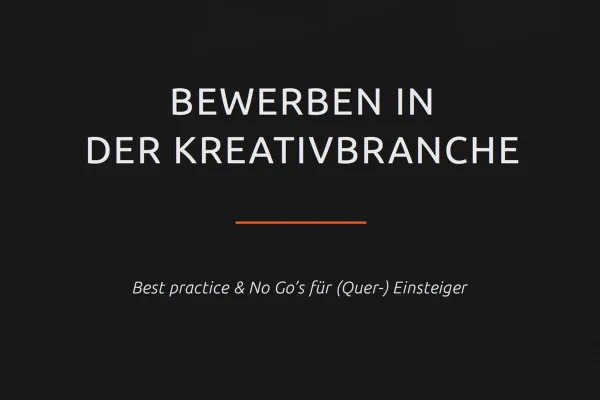
Writing an application: Tips, examples and inspiration
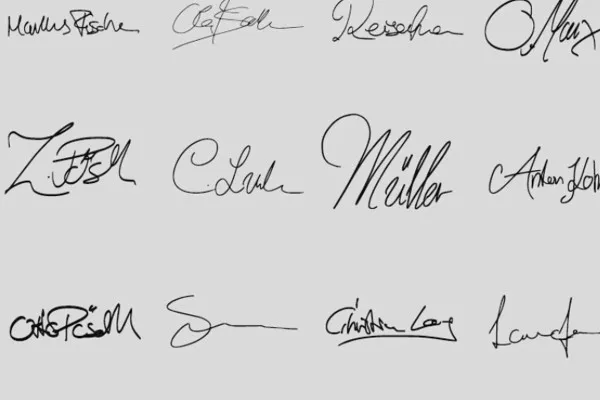
Writing an application: Tips, examples and inspiration
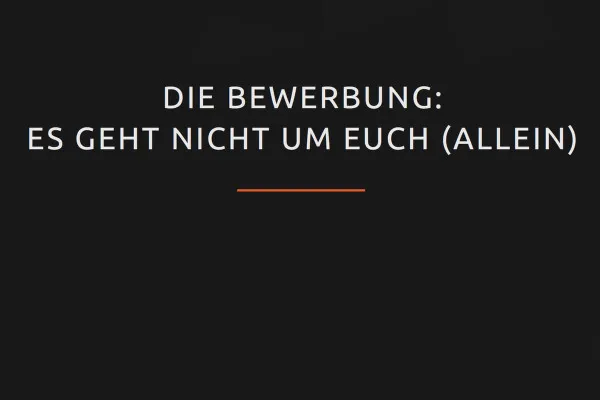
Writing an application: Tips, examples and inspiration

Writing an application: Tips, examples and inspiration
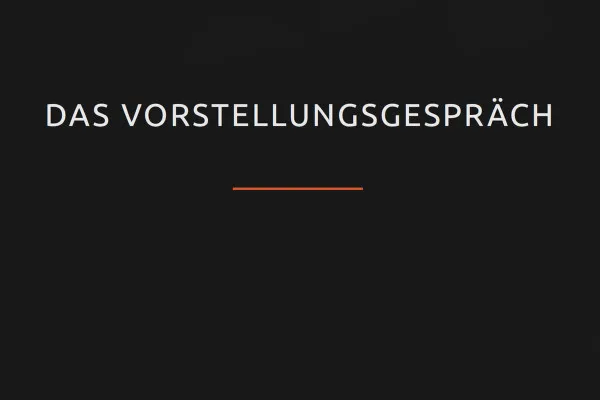
Writing an application: Tips, examples and inspiration

Digital application folder - template in landscape format
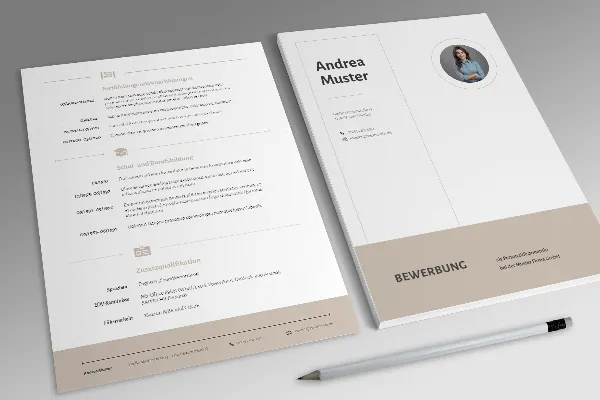
Classic application templates with layouts for cover sheet, cover letter, CV

Apprenticeship application: Design sample with CV, cover sheet and cover letter layout

Application as a graphic designer - design samples for cover sheet, CV and cover letter

Design sample for application as a real estate agent

Application & CV Motion Designer - Template for Word, InDesign and Affinity Publisher
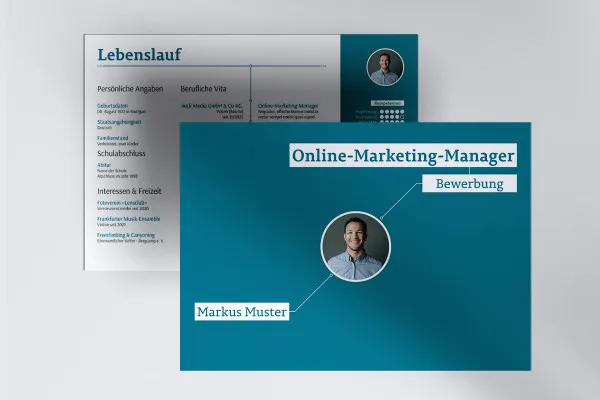
Application & CV in landscape format (Social Media and Online Marketing Manager)

Elegant application template: Management assistant

Application for medical assistant (MFA) - template with CV, cover sheet, cover letter page
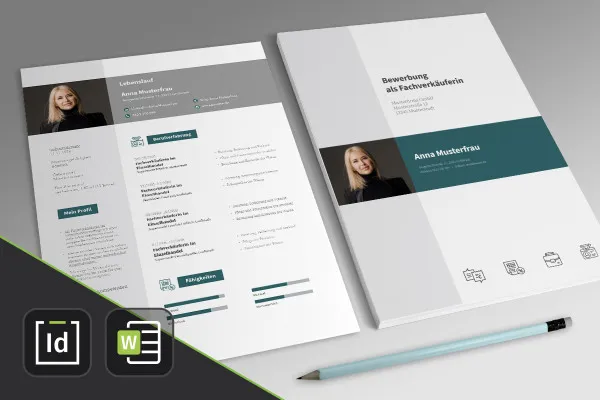
Sales assistant application - templates with CV, cover sheet and cover letter layout
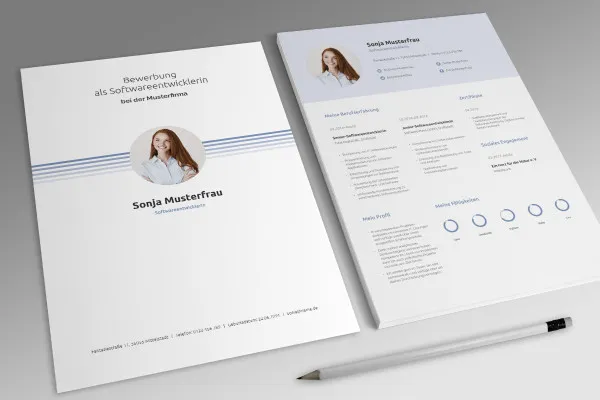
Application and CV template for Software Developer (m/f/d)

Application as IT specialist (m/f/d) - Design templates for Word, InDesign and Affinity Publisher
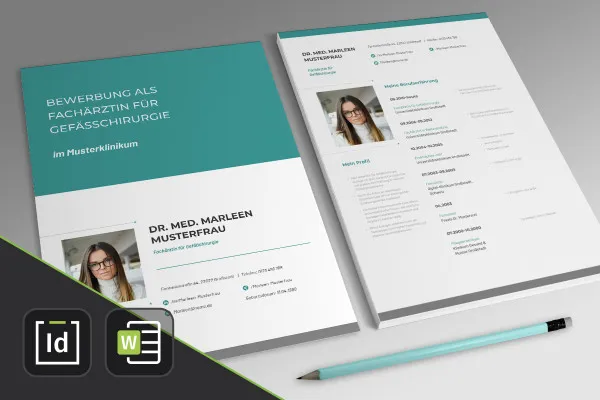
Doctor application template - design sample for Word, InDesign and Affinity Publisher

Application as a career changer - design templates for Word, InDesign and Affinity Publisher

Application: Sample for Sales Manager (m/f/d) - Word, InDesign and Affinity Publisher templates

Application as a lawyer (m/f/d) - Sample CV & Co.

Application as Manager (m/f/d) - Templates for Word, InDesign and Affinity Publisher

Application for office management - templates for Word, InDesign and Affinity Publisher

Application as Consultant, Advisor (m/f/d) - convincing templates for Word, InDesign and Affinity Publisher

Mechanical engineering technician application template (Word, InDesign, Affinity Publisher)
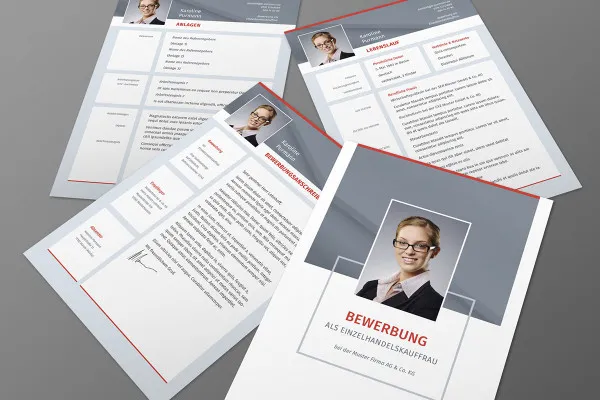
Design sample application in the retail trade: saleswoman, salesman
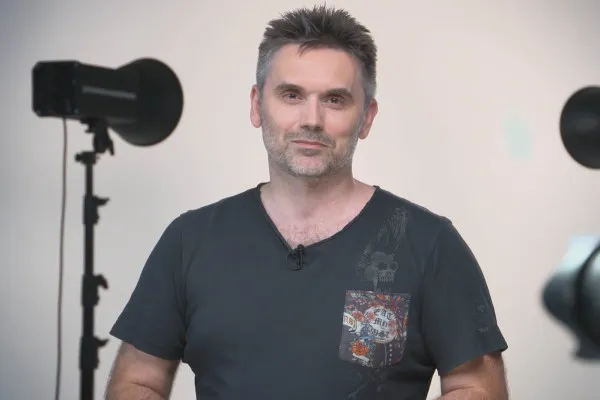
Photographing business portraits: Tips for portrait photography

Headshot photography - the way to the perfect portrait
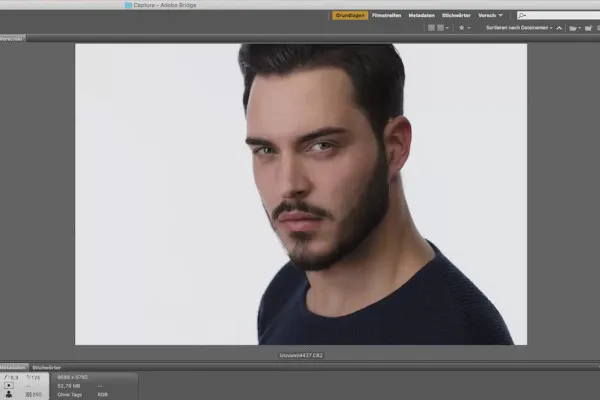
Headshot photography - the way to the perfect portrait

Headshot photography - the way to the perfect portrait

Headshot photography - the way to the perfect portrait

Headshot photography - the way to the perfect portrait
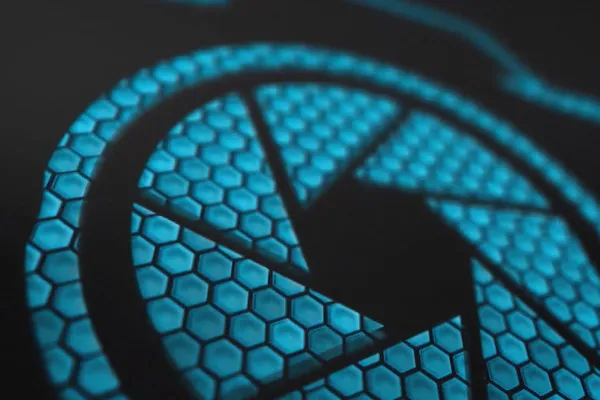
Headshot photography - the way to the perfect portrait
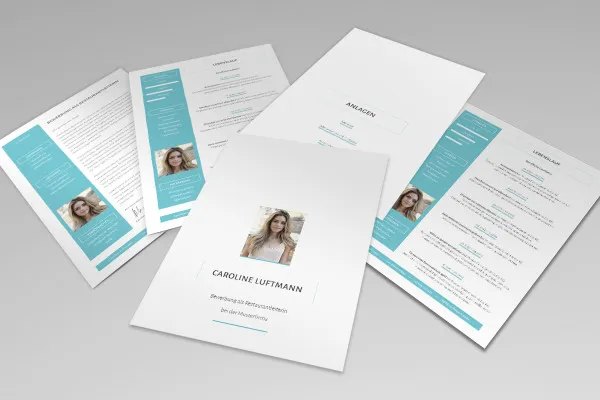
Professional application templates with cover sheet, cover letter and CV - Vol. 2

Modern application templates with cover sheet, cover letter and CV - Vol. 1

Digital application folder - template in landscape format

Classic application templates with layouts for cover sheet, cover letter, CV

Apprenticeship application: Design sample with CV, cover sheet and cover letter layout

Application as a graphic designer - design samples for cover sheet, CV and cover letter

Design sample for application as a real estate agent

Application & CV Motion Designer - Template for Word, InDesign and Affinity Publisher
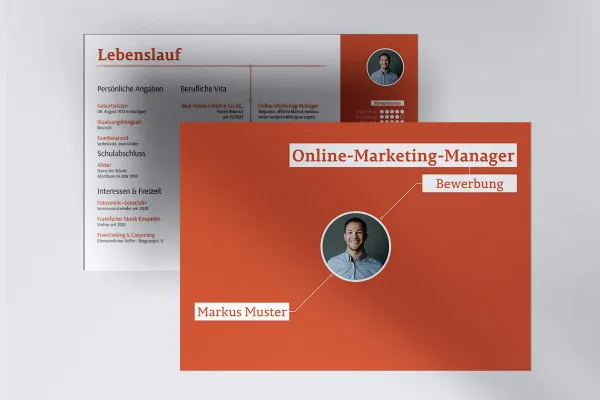
Application & CV in landscape format (Social Media and Online Marketing Manager)

Elegant application template: Management assistant

Application for medical assistant (MFA) - template with CV, cover sheet, cover letter page

Sales assistant application - templates with CV, cover sheet and cover letter layout
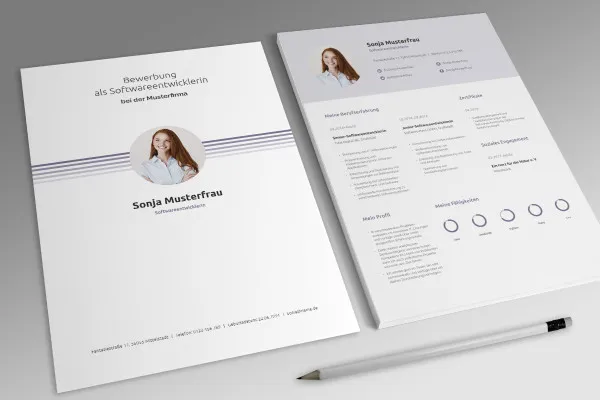
Application and CV template for Software Developer (m/f/d)

Application as IT specialist (m/f/d) - Design templates for Word, InDesign and Affinity Publisher

Doctor application template - design sample for Word, InDesign and Affinity Publisher

Application as a career changer - design templates for Word, InDesign and Affinity Publisher

Application: Sample for Sales Manager (m/f/d) - Word, InDesign and Affinity Publisher templates

Application as a lawyer (m/f/d) - Sample CV & Co.

Application as Manager (m/f/d) - Templates for Word, InDesign and Affinity Publisher

Application for office management - templates for Word, InDesign and Affinity Publisher

Application as Consultant, Advisor (m/f/d) - convincing templates for Word, InDesign and Affinity Publisher

Mechanical engineering technician application template (Word, InDesign, Affinity Publisher)

Design sample application in the retail trade: saleswoman, salesman
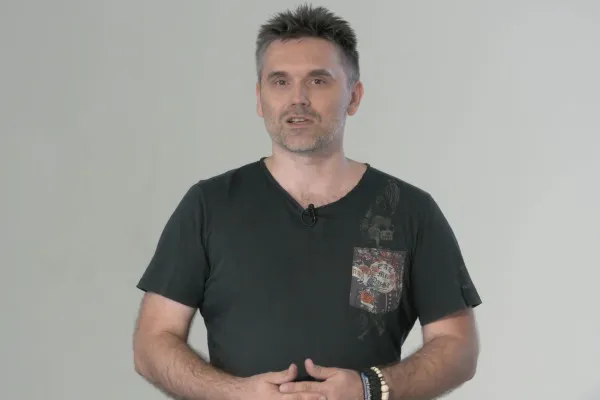
Photographing business portraits: Tips for portrait photography
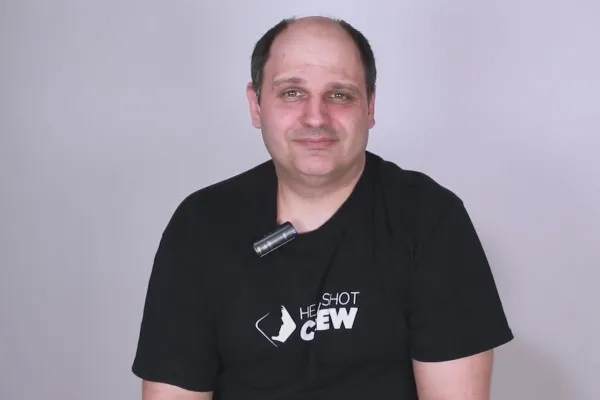
Headshot photography - the way to the perfect portrait

Headshot photography - the way to the perfect portrait
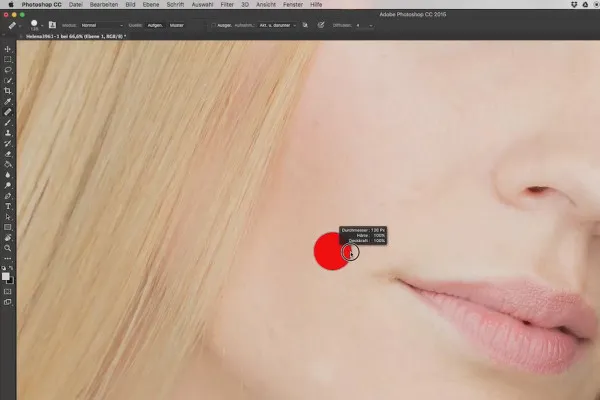
Headshot photography - the way to the perfect portrait
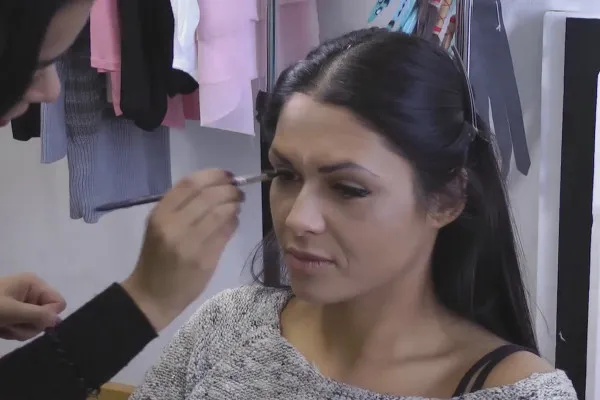
Headshot photography - the way to the perfect portrait
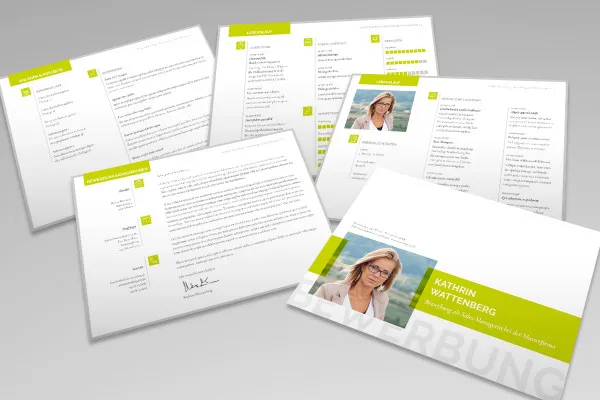
Professional application templates with cover sheet, cover letter and CV - Vol. 2

Modern application templates with cover sheet, cover letter and CV - Vol. 1

Digital application folder - template in landscape format

Classic application templates with layouts for cover sheet, cover letter, CV

Apprenticeship application: Design sample with CV, cover sheet and cover letter layout

Application as a graphic designer - design samples for cover sheet, CV and cover letter

Design sample for application as a real estate agent

Application & CV Motion Designer - Template for Word, InDesign and Affinity Publisher

Application & CV in landscape format (Social Media and Online Marketing Manager)

Elegant application template: Management assistant

Application for medical assistant (MFA) - template with CV, cover sheet, cover letter page
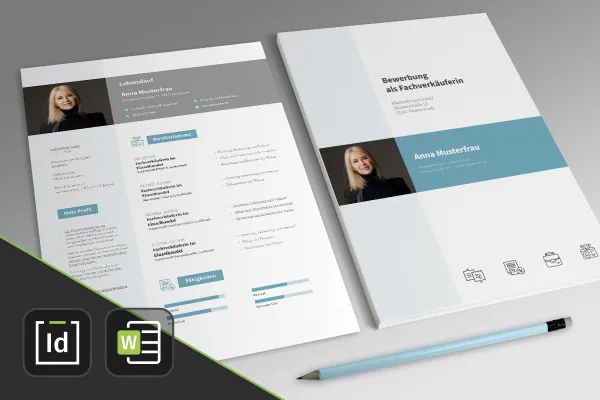
Sales assistant application - templates with CV, cover sheet and cover letter layout

Application and CV template for Software Developer (m/f/d)

Application as IT specialist (m/f/d) - Design templates for Word, InDesign and Affinity Publisher

Doctor application template - design sample for Word, InDesign and Affinity Publisher

Application as a career changer - design templates for Word, InDesign and Affinity Publisher

Application: Sample for Sales Manager (m/f/d) - Word, InDesign and Affinity Publisher templates

Application as a lawyer (m/f/d) - Sample CV & Co.

Application as Manager (m/f/d) - Templates for Word, InDesign and Affinity Publisher

Application for office management - templates for Word, InDesign and Affinity Publisher

Application as Consultant, Advisor (m/f/d) - convincing templates for Word, InDesign and Affinity Publisher

Mechanical engineering technician application template (Word, InDesign, Affinity Publisher)

Design sample application in the retail trade: saleswoman, salesman
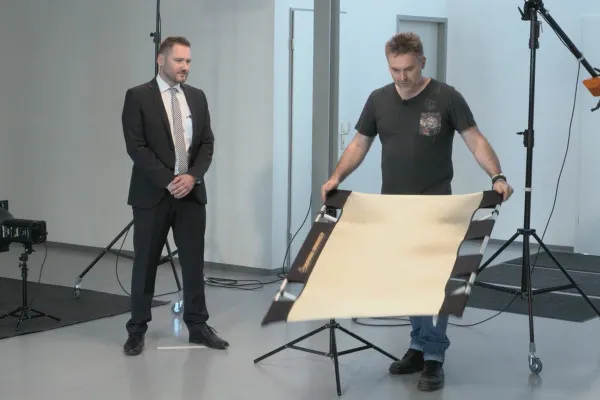
Photographing business portraits: Tips for portrait photography
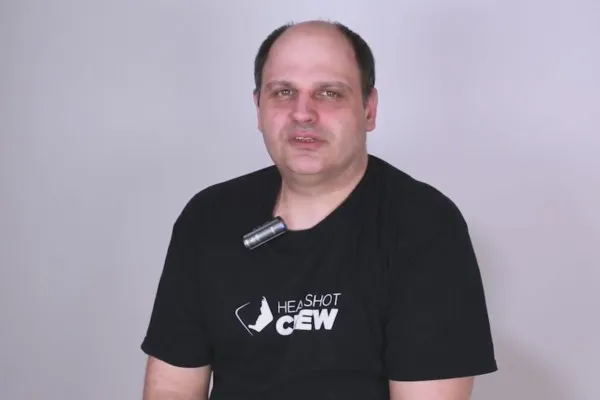
Headshot photography - the way to the perfect portrait

Headshot photography - the way to the perfect portrait

Headshot photography - the way to the perfect portrait
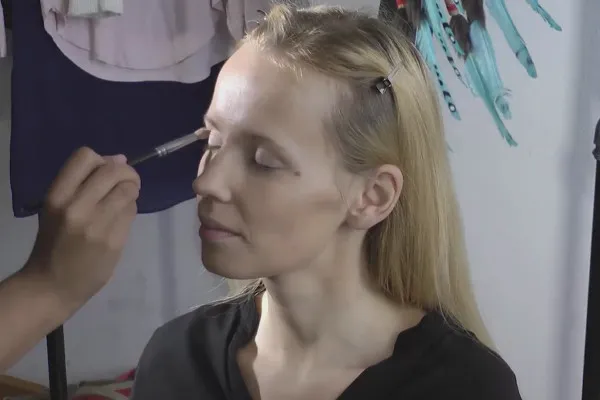
Headshot photography - the way to the perfect portrait
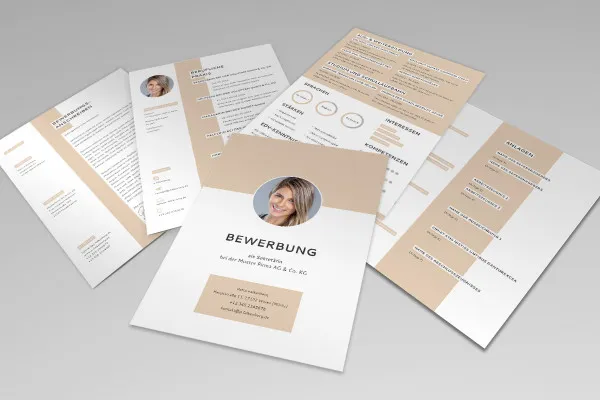
Professional application templates with cover sheet, cover letter and CV - Vol. 2

Modern application templates with cover sheet, cover letter and CV - Vol. 1

Digital application folder - template in landscape format

Classic application templates with layouts for cover sheet, cover letter, CV

Apprenticeship application: Design sample with CV, cover sheet and cover letter layout

Application as a graphic designer - design samples for cover sheet, CV and cover letter

Design sample for application as a real estate agent

Application & CV Motion Designer - Template for Word, InDesign and Affinity Publisher
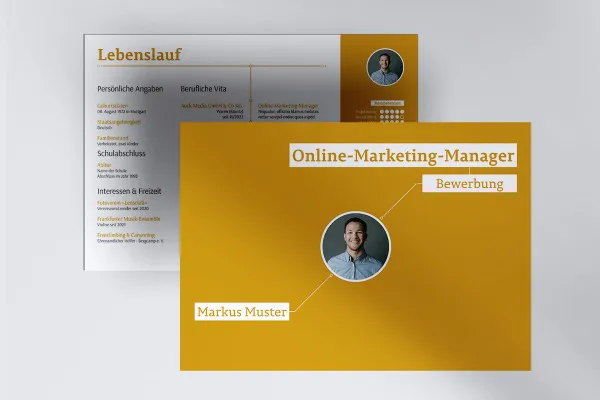
Application & CV in landscape format (Social Media and Online Marketing Manager)

Elegant application template: Management assistant
Convincing designs for different professions
Application templates for Word & Co.

With cover sheet, CV and cover letter
On the jobs, get set, go
If only everything were as easy to handle as using our modern, high-quality application templates: you choose one of the templates, choose your color scheme, add your text and images and you're done. Of course, you can customize the structure of the application according to your wishes. Here's to a simple workflow and fast results!
Compatible for working with your favorite software
Even if you or your customers are looking for new professional territory - you can leave everything as it is with your design software. Our application templates are compatible with many of the most popular programs. So feel free to use Word, InDesign, Google Docs or CorelDRAW to adapt your favorite application template to your needs.
CV: A quick look at your career
HR managers and decision-makers who receive your application documents usually only have a few minutes to get an overview of your professional career. That's why it's crucial to design your CV in such a way that it quickly shows what you're capable of in tabular form. The experience, qualifications and how you prepare your CV play a huge role in making a good first impression. And you need to stand out from the multitude of applications on the recruiter's desk. You can do this with our beautiful designs, which will turn your professional application into a real eye-catcher.
How to get your CV perfect in tabular form:
The structure of your CV should be clear at first glance. With a chronological order, with your current position at the top, everyone can quickly check what you have done so far.
It is not enough to simply state the time you have been with a company. What really counts is a short description, either as a list of bullet points or as continuous text. This makes it clear in which areas you have experience. In addition to what you have done and where you have worked, you should also include your successes. This is particularly convincing if you use figures and briefly mention how you have achieved success.
Here are a few tips for the description:
For each job on your resume, you should add a maximum of two to four relevant points in the form of a list or as continuous text. For older jobs, you don't necessarily have to list all areas of responsibility in detail. Always think about what could be important for your new company. Emphasize this so that the recruiter sees the benefit of your experience for their company.
IMPORTANT:
Your CV should normally be no more than three A4 pages long. Of course, this can vary depending on how much experience you have. A longer CV of four or more pages is okay if you have really had a lot of jobs or have a broad portfolio of tasks and successes as a manager or managing director. But here too, less is often more. Summarize unimportant points. Give important points more space in your CV.
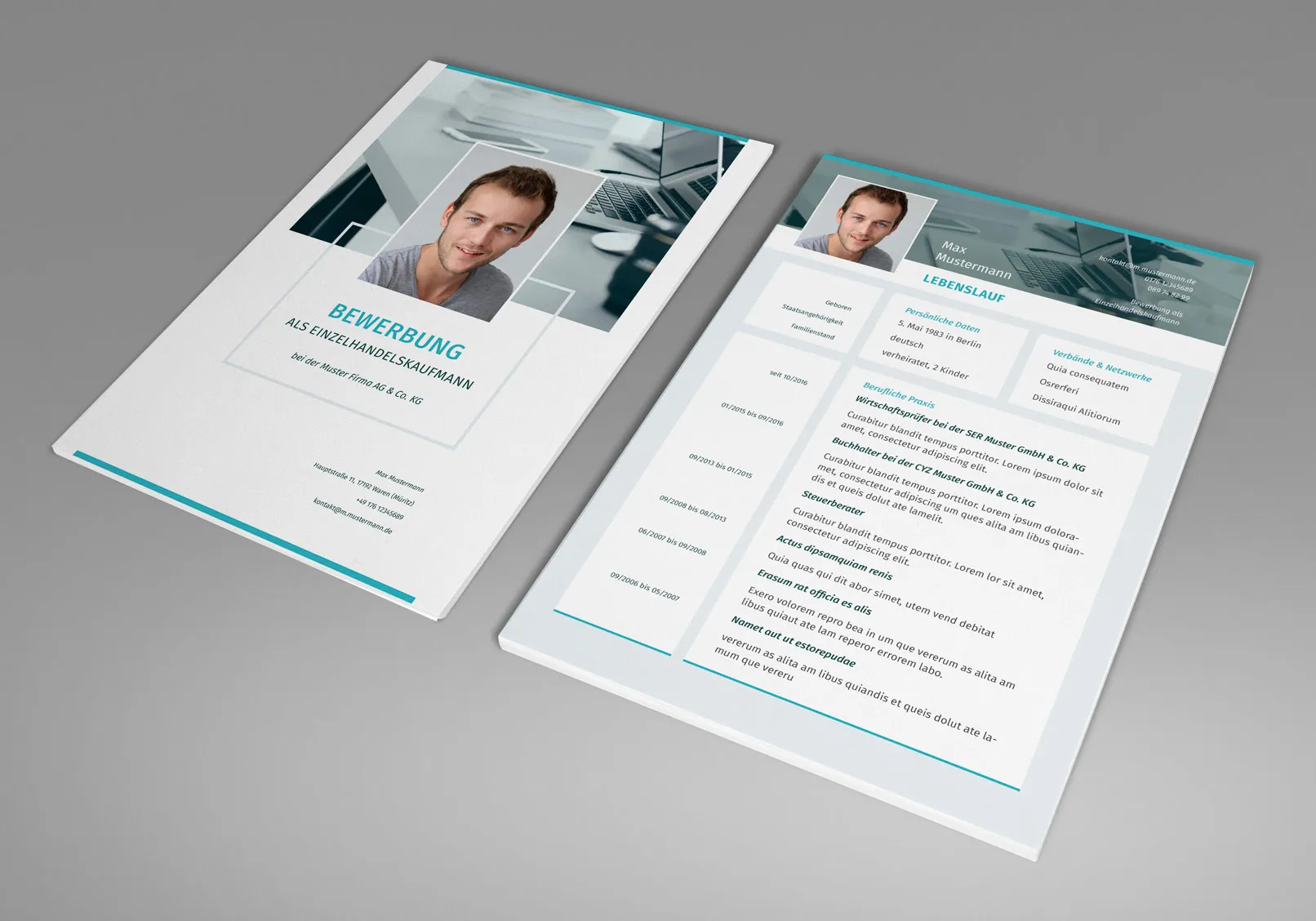
Tailoring your CV to the job advertisement: how it works in practice
Many successful recruitment consultants recommend that you tailor your CV to the job you are applying for. This does not necessarily mean that you have to rewrite your CV for every application.
Personal information:
Name, address, marital status, date of birth, nationality
Education:
Elementary school (optional), secondary school with leaving certificate
Vocational training, studies:
Name of training company, profession or field of study and name of university
Previous professional positions:
For each previous professional position, you can specify two to four areas of responsibility and additional achievements.
Tip: Use the areas of responsibility and wording from the job description when defining your areas of responsibility and professional qualifications in the tabular CV.
Additional knowledge and skills:
Computer skills, language skills, soft skills, character traits, driver's license, specific expertise.
The following areas are particularly suitable for tailoring your tabular CV to the job advertisement:
Previous professional positions
Other knowledge and skills
An example for better understanding: In the job advertisement for which our fictitious applicant, Mr. John Mustermann, is applying, the main task is to provide temporary support to the customer service team. Therefore, Mr. Mustermann should highlight his customer service experience in the appropriate place on his CV, as the decision-makers will attach great importance to this detail. This may mean changing the basic structure of the resume and adding customer service experience. Similarly with other skills. If you have specific computer skills or language skills that are explicitly required in the job advertisement, the basic structure of the CV can also be adapted accordingly. The same applies to proof of a driving license or specific specialist knowledge. The more similarities there are between your CV and the job advertisement, the better your chances of being selected for the ideal position and invited to a personal interview.
CV layout: chronology or reverse order?
In the past, CVs often followed a chronological structure, starting with school education. Nowadays, however, many people prefer the reverse chronological presentation, known as the American form. This starts with the current professional position and lists previous career stages backwards.
This gives applicants a certain amount of freedom in their choice of format, as long as no explicit specifications are made by the future employer. The reverse chronological format is particularly popular because it gives decision-makers and managers a quick overview of the candidate's most recent and relevant professional experience.
Your personal information in the CV is largely optional. The targeted selection and presentation of your information will help to paint a more vivid picture of you and arouse the reader's interest. Therefore, think carefully about what information and data you want to include in your CV. Mentioning language skills or international experience, for example, can add considerable value, especially if the job advertisement explicitly asks for them.
Hobbies and interests also deserve a place on your CV, provided they give a broader picture of your personality and are relevant to the job. However, care should be taken when mentioning leisure activities that could be considered risky. In such cases, it is advisable to keep them to yourself so as not to give the impression of an increased risk of accidents at work.
Hobbies that also provide information about positive character traits are worth mentioning. If you run marathons and train for them every week, make a note of it on your CV. Because that shows your discipline.
CV tips: How to create your perfect application.
It's really clever to use ready-made layouts and templates for your digital application portfolio or CV. They usually follow a standardized norm and make it easier for you to structure your own information and separate the important from the unimportant.
When compiling your CV, you should think carefully about which information and career facts are exciting and useful for your target group to date. Your current or most recent job should always take up the most space.
Be aware that every detail in your CV or further training can lead to questions at the interview. So think carefully about what to include and what not to include. And please don't lie!
Important: Don't leave any gaps in your CV and be honest about all positions and dates. Otherwise it can be embarrassing if it later transpires that you fibbed.
The sample CV shows you what information is important to convince the decision-makers at your target company of your skills and social know-how. Your CV can be spiced up with additional relevant seminars, courses or personal information. Include the most important documents and certificates as attachments. The aim is for the decision-makers to get a good impression of you, your previous jobs and your qualifications within 30-60 seconds.
Put yourself in the decision-maker's shoes and check your CV from their perspective. Ask yourself whether your tabular CV is too confusing for recruiters or your future bosses and whether it is clear at first glance what you are capable of. Also make sure that your CV contains information or wording from the job advertisement. The decision-makers should realize that you have adapted your CV especially for this company. With this kind of professional communication, you'll score points with the first impression, which, as we all know, counts the most.
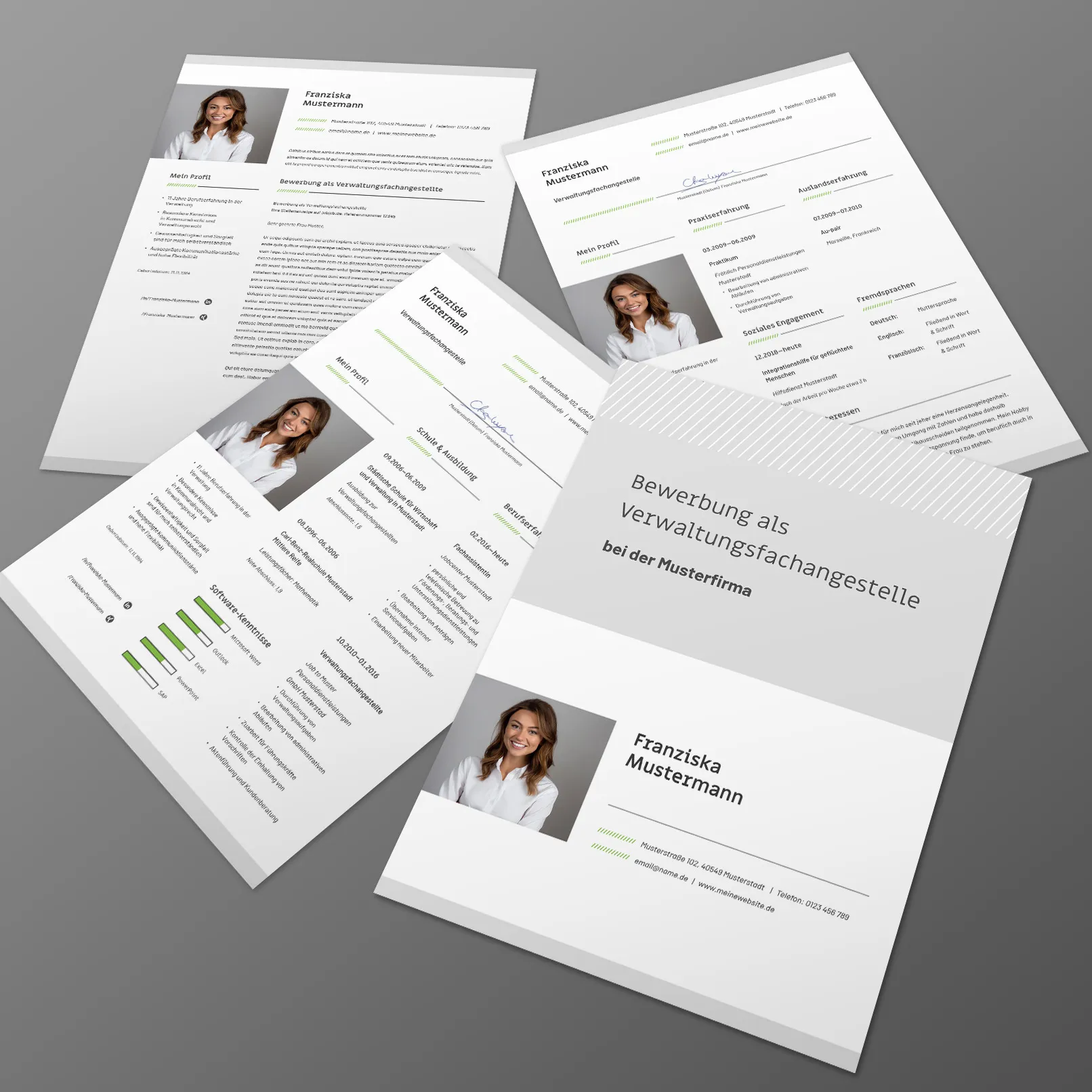
Complicated or difficult-to-understand CVs with too many subheadings miss the mark. With a CV like this, you run the risk of being rejected straight away. This also applies to CVs with spelling mistakes, inappropriate fonts, layout errors or a design that does not meet the usual business standards. It is precisely for this reason that our application samples have such a high-quality layout that they stand out professionally from other ordinary applications at first glance.
Recommendations and certificates - what is important
After you have carefully prepared your application documents, you still need to decide which letters of recommendation and certificates you should send along with the documents. In Germany, it is customary to submit references and certificates confirming your personal qualifications with your application. In the USA and other countries, such written proof is unusual and rarely required. In the course of your career, you will collect a large number of documents such as references, certificates and confirmations of attendance. Given the large number of documents, the question arises as to which references and certificates are important and which you can do without.
These references and certificates are part of your application documents: The basic rule is that all references should be relevant to your application. Interim references do not necessarily have to be included if you already have a final reference from the relevant employer. A distinction can be made when it comes to certificates and other evidence. Your application documents should include important further education and training courses that make an impression on decision-makers or clearly demonstrate your own qualifications. So separate the important from the unimportant here too.
Simply download and edit
Applying for your attention: our video tutorials
How do you find the right words for your application? How do you take suitable portraits for your application? How can you get your mindset moving in a positive direction? We provide you with good answers - with plenty of tips, lots of examples and plenty of inspiration in our exciting video tutorials.
Your handwritten CV
Nowadays, only a few companies or authorities ask for a handwritten CV. The main purpose of asking for a handwritten CV is to check your handwriting.
When evaluating your handwriting for a job application, companies rely on the expertise of graphologists. These experts analyze your writing style by checking it for dynamics, strength and individual traits in order to draw conclusions about your personality.
A graphological report may be requested, especially when applying for high-ranking positions that involve a high degree of responsibility - for example, a management or leadership role in a global company.
The companies' expectation of a graphological report is to gain a deeper insight into the character, resilience and personality structure of the applicant. Requesting such a report is unusual in the standard application process and applicants should view this critically.
Application photo
In Germany, although it is not always explicitly required, an application photo is often expected and appreciated. It helps decision-makers to link the information submitted with a face and gives a personal impression.
Decision makers put themselves in your shoes and try to understand your motivation and intentions. An application photo brings the person behind the documents closer and gives an impression of personality and character.
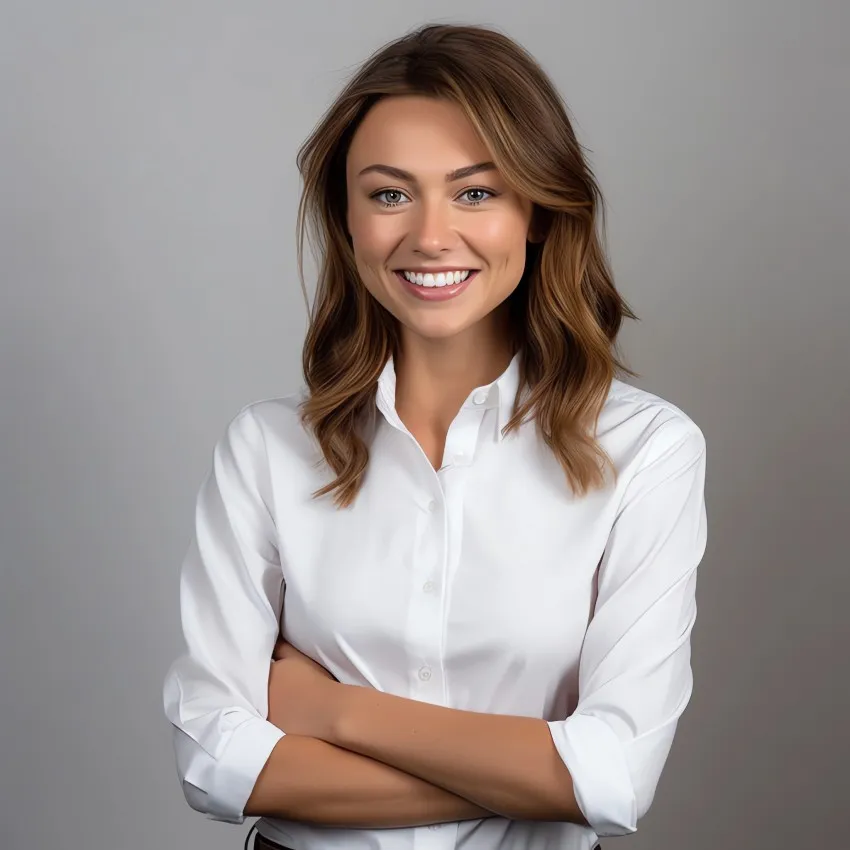
Is an application photo still a must after 2024 or is it optional?
Images help our brain to understand contexts, absorb main ideas and make connections. This also applies to visual elements in a PowerPoint presentation.
- But does this also apply to job applications?
- How important are application photos, photos in the CV or on the cover page?
- What clothing complies with business rules and should be worn in the application photo?
- What guidelines apply to application photos for international applications?
If you can answer these questions, you can also score points by submitting a professional application photo together with your cover letter and CV to attract the interest of decision-makers.
What are the legal requirements for or against an application photo?
Since mid-2006, the legislator in Germany has been pursuing the General Equal Treatment Act (AG G) with the aim of ensuring general equal treatment and ruling out any discrimination against individuals. The AGG also applies to the application process and prohibits discrimination against applicants on the basis of race, nationality or gender. The law aims to prevent or eliminate discrimination on the basis of race or ethnic origin, gender, religion or belief, disability, age or sexual identity. It is therefore not mandatory to include an application photo in your application. But we still recommend it at this point!
Is it possible to take the application photo yourself?
At a time when everyone can take selfies with their smartphone anywhere and at any time, you might think of simply taking your application photo yourself. However, experienced application coaches and experts strongly advise against trying to do it yourself. The main reason for this is that people in the HR department, who look through hundreds of applications every year, can immediately tell the difference between a DIY photo and a professional snapshot. That's certainly true for selfies.
If you're pressed for time and need to get your application out quickly, it might seem like too long a trip to a professional photographer. Many people hesitate to seek professional help and consider whether and how they could take the application photo themselves. But the importance of a professional application photo really shouldn't be underestimated.
Professional photographers who take application photos attach great importance to a wide range of images. They take several photos in the same pose and then work with you to select the most expressive ones. Before the photo is finally saved, they edit it to ensure optimal sharpness, contrast and color. Thanks to their training and experience, they know exactly how to present you in the best light.
Photographers also have a good sense of how certain poses look to decision-makers and recruiters. Choosing the right background and the right pose can say a lot about your personality and skills. This way, the picture not only conveys a realistic image of you, but also sends a strong non-verbal message.
But there are exceptions: If you have a good smartphone and know something about photo editing, you can find a neutral background and ask someone to take several pictures of you. Check suitable poses here in the application designs beforehand. Copy these for your self-created portrait photos. Your smartphone will already make certain corrections to the image. Photoshop will do the rest for you.
Creating an application is like preparing an advertising offer. If you want to successfully sell goods or services, you know that thorough preparation is everything. That's why a professional application not only includes ensuring that your documents match the job description, but also a suitable photo that does justice to the company's principles. That's why investing in professional application photos is definitely worth considering. In this case, professional means: either you have professional skills for taking and editing photos yourself or you leave it to the professionals.
If you take your application photo yourself - typical mistakes
Decision-makers, managers and people in the HR department like authentic application photos. Because you don't get a second chance to make a first impression, the photos in your application that show you at your best must be in line with business principles. Photos that come across as too casual, are poorly lit or in which you are dressed inappropriately won't work at all. A ring light can work wonders for the lighting. In practice, this also means that you should stick to the classic 2:3 format and avoid full-body photos. Of course, the rules are different when applying for creative jobs.
A little tip: When taking application photos, photographers often blur the background so that everything in the background is blurred but your eyes remain in focus. You can achieve similarly good results for your application photos using the portrait mode on your smartphone.
Application photo and the dress code: You should pay attention to this
Tips for you: As already mentioned, your application photo and the entire cover letter are effectively your own advertisement. The tricky thing is that your application documents have to speak for you - through their design, their content and how you present them.
You sell yourself as a personality in your application. You present your skills, your specialties and your added value in the best possible light. The people in HR and the decision-makers check various applications and decide who is the best fit for the company and its values based on the documents. It is therefore extremely important that you choose the right business attire for your application photo.
The clothing in your application photo should always match the industry, the employer and the job advertisement. Typical business attire, such as a suit and tie for men or a suit and blouse for women, is only standard in a few industries these days. You should therefore find out beforehand what is worn in the company you are applying to. Check the team page on the company website.
Title page
Do you want to give your professional portfolio a more professional touch and impress in both digital and paper form? Then you should definitely consider a title page. The title page or cover page serves as your cover and should give decision-makers a positive impression of you and your qualifications at first glance. It is also customary to place your contact details on the cover page so that you can be reached quickly by phone or email.
Add a meaningful application photo: Place a large photo of yourself on the cover page of your application documents. This gives the decision-makers the chance to "get to know" you immediately and, figuratively speaking, to form a picture of you.
Application experts advise using a different picture here than in your CV. This demonstrates flexibility and the ability to present yourself appropriately in different situations. An authentic application photo, perhaps with your arms crossed or at work, goes down particularly well. However, make sure that both photos are from the same series. So the same clothes and the identical background ... Only the pose is different.
Include a short profile: The cover page is an excellent place to present a short profile of yourself. In your profile, you can summarize your most important characteristics and qualifications in 2-4 sentences and show your personal side. As the cover page is the first thing that catches the eye, the statements in your profile will stick in the decision-maker's mind and should be further underpinned by your cover letter and CV.
Other application documents and their importance
The cover letter, CV in tabular form and sometimes an individual letter of motivation are standard application documents in Germany. If you are submitting your application abroad, you should find out in advance which documents are required and how the cover letter or CV should be structured. You also have the option of creating additional application documents and using them to introduce yourself in more detail.
The cover letter (3rd page of your CV)
A cover letter does not make sense for every application. As a rule, a cover letter is not necessary if you can adequately present your motivation and qualifications in your cover letter and CV. However, if you have extensive professional experience as an experienced specialist and can bring in successes, further training or personal added value to make an even more positive impression on the decision-makers, it may make sense to include a letter of motivation with your application documents.
In a letter of motivation, you should describe your general motivation in the professional field and for the advertised position. It is important to link important qualities that you have already mentioned in your cover letter with your successes. Many motivation letters focus on describing one or two successes and show how you went about achieving them. From the descriptions in the cover letter, decision-makers can deduce how you would work in the target company and what professional or personal experience you bring to the table. In addition, potential superiors or HR managers can better understand what motivates you from the outside or what your inner drives are.
At the end of the cover letter, it can be useful to provide a clear list of your personal experiences, qualities and achievements. This approach offers readers and decision-makers added value. Get an overview of the most important additional values of your personality and discover other facets.
A cover letter typically ends with an emotional and purposeful closing sentence that expresses your high motivation to work at the future company with full dedication. In principle, you can design the cover letter freely in terms of format and content and are not bound by certain rules or conventions. However, a letter of motivation should not be longer than one DIN A4 page.
When writing a letter of motivation, you should make sure that the cover letter and the letter of motivation contain different information. Individual repetitions that serve as reinforcement are permissible. However, if the structure and content of the cover letter and the motivation letter are equivalent, this will not leave a positive impression on the person making the decision.